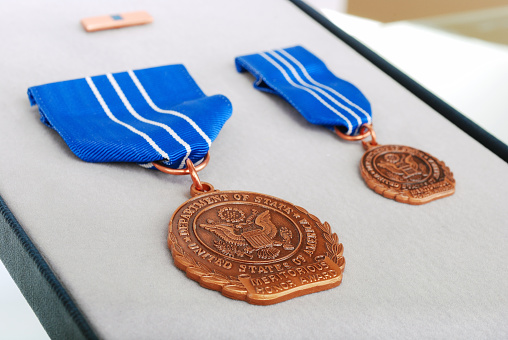
Sergeant Roy Bowser Jr. is a US Air Force veteran who served as a chief master sergeant and currently works as a pilot and independent claims adjustor in Mobile, Alabama. Sergeant Roy Bowser Jr. is a fitness enthusiast with extensive knowledge of workout techniques that help build flexibility and muscle mass.
One strategy for increasing flexibility is through the use of dynamic stretching before a workout. This involves moving back and forward across a joint’s range of motion without straining or holding. As an example, leg swings work to gradually extend the natural range of motion of the muscles in the hamstring, calf, quadriceps, and groin.
They involve standing straight, feet hip-width apart, with a hand on the wall or rail to provide stability. With one leg stationary, swing the other leg back and forth in a seamless motion while maintaining an engaged core and a deep breathing pattern. After completing 15 complete swings, switch to the other side. Leg swings also prepare your feet and ankles for upcoming activities without testing limits.
Static, targeted stretches also have a flexibility-enhancing impact and include quad stretches. The standing calf stretch begins in a standing position, with the feet together. Lifting one foot behind you, stand on the other while pulling the heel of the first toward the buttocks with two hands. After holding for five seconds, release and repeat with the other foot.
The seated hamstring stretch involves sitting on the floor while extending the right foot forward. With the left leg bent and sole firmly against the inner thigh, lean forward and reach for the right ankle, pulling the toe toward the body. After counting to 10, repeat this with the other leg.






